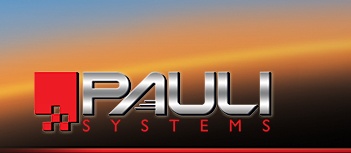Considering a new system? The following 6 fundamental sub systems will help you understand the basic fundamentals of most dry stripping systems.
All Dry Paint Stripping Facilities (DPSF) consist of the following sub-systems:
- Enclosure: Enclosures fall into four general size categories:
- Very large, sized to fit an entire aircraft or railroad car.
- Large, generally known as a blast room, into which both Operator and work piece enter. The blast room enclosure is sized to fit the work piece. A popular size is 15’ wide by 12’ high by 20’ long.
- Medium, with a cabinet sized enclosure into which a work piece is placed while an Operator stands or sits outside, arms and hands in gloves while manipulating the nozzle. A popular size is 5’ wide by 4’ deep by 3’ high.
- Small, dust-free vacuum-return closed-cycle equipment in which the blast nozzle is surrounded by a vacuum return chamber that collects the blast media at the point of impact. The collection device surrounding the blast nozzle varies in size from a man’s fist to a hard bound book.
- An enclosure that is well lit and ventilated increases Operator productivity by illuminating the work piece and removing dust from the working environment.
- Recovery: The recovery sub-system, usually pneumatic, collects spent media and debris and transfers it from the enclosure to the reclaim system.
- Reclaim: The reclaim sub-system treats spent blast media and removes debris to make it suitable for re-use. An effective reclaim system is important to the economics of a dry paint stripping systems by ensuring every pound of stripping media is recycled the maximum number of times.
- Stripping/Blast Cleaning: The stripping/blast cleaning sub-system accepts particles of clean media from the reclaimer and accelerates them against the surface to be cleaned or stripped. The working force is accomplished by the use of compressed air in a converging-diverging venturi nozzle, a device that accelerates air to supersonic speeds and media particles to sub-sonic speeds.
- Ventilation of Enclosure: The ventilation sub-system circulates air through the stripping/cleaning enclosure, thus ensuring good operator visibility.
- Operator Safety Equipment: Each operator is supported by a NIOSH approved breathing air safety helmet and clothing.
Not mechanical systems or sub-systems, but vitally important are well trained Operators and a regular preventive maintenance program.
Future blogs will describe details of each system, and how the right equipment and Operator training will maximize an operation's ROI.
